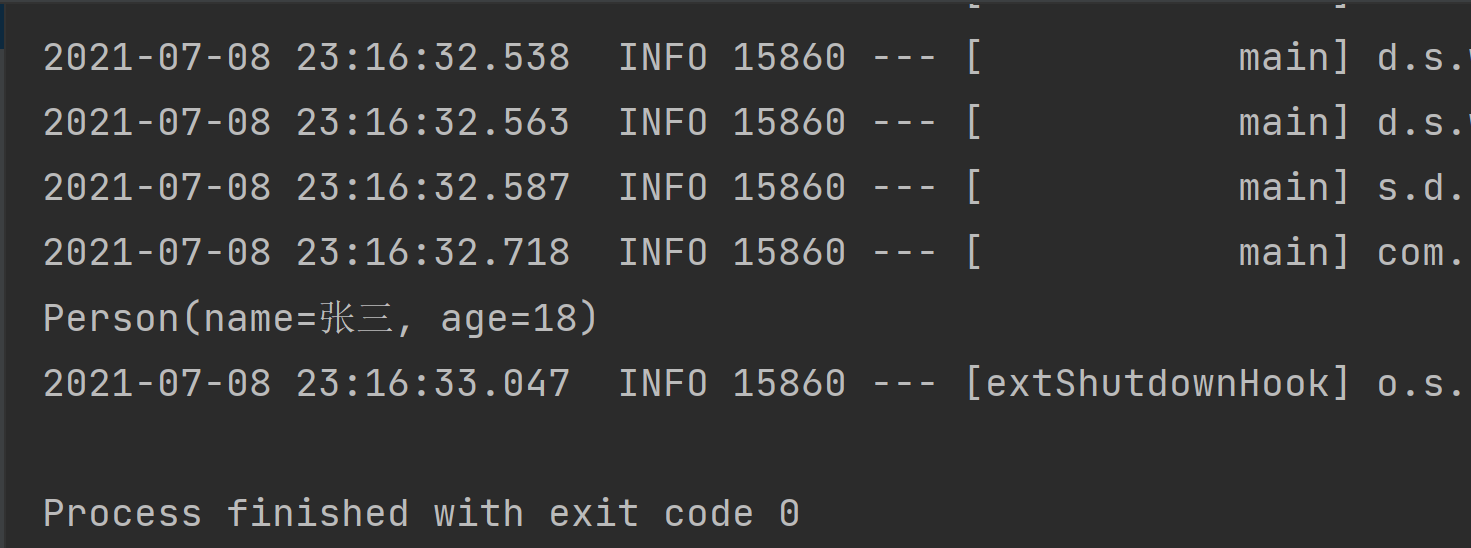@Value 和 @PropertySource 注解
@Value 注解赋值
直接给成员变量赋值
Person 类
@Data
@NoArgsConstructor
@AllArgsConstructor
@ToString
public class Person {
@Value("张三")
private String name;
@Value("18")
private Integer age;
}
在 Person 类中,为 name 字段和 age 字段分别做了赋值操作
配置类
@Configuration
public class ValueConfig {
@Bean
public Person person() {
return new Person();
}
}
在配置类中,并没有调用 person 对象的 setter 方法,只是创建了一个对象
测试代码
@Test
public void test10() {
ApplicationContext ctx = new AnnotationConfigApplicationContext(ValueConfig.class);
Person person = ctx.getBean(Person.class);
System.out.println(person);
}
直接来看 输出结果

@PropertiesSource 注解配置
直接从 properties 文件中读取
从 properties 文件直接读取配置时,我们需要加载 properties 文件到 IoC 容器中,这时就需要使用 @PropertiesSource 注解告诉 Ioc 容器,properties 文件的位置。在配置类中配置。
properties 文件中的内容
person.name=李四
person.age=30
Person 类
@Data
@NoArgsConstructor
@AllArgsConstructor
@ToString
public class Person {
@Value("${person.name}")
private String name;
@Value("${person.age}")
private Integer age;
}
配置类
@Configuration
@PropertySource("classpath:/source.properties")
public class ValueConfig {
@Bean
public Person person() {
return new Person();
}
}
此时使用 @PropertySource 注解加载 properties 文件
测试代码不变
结果


